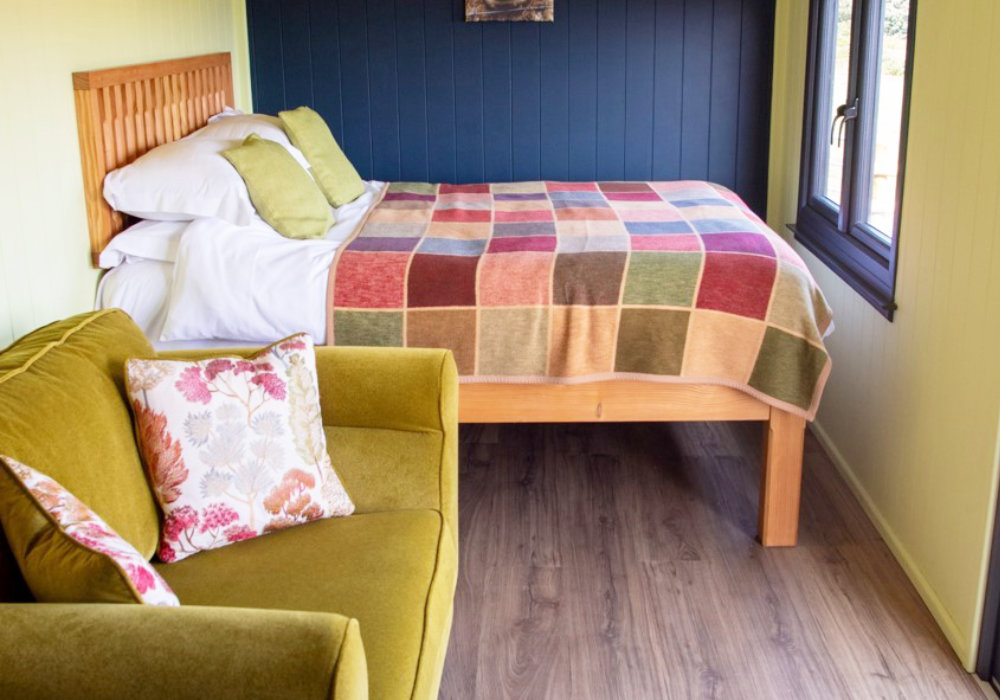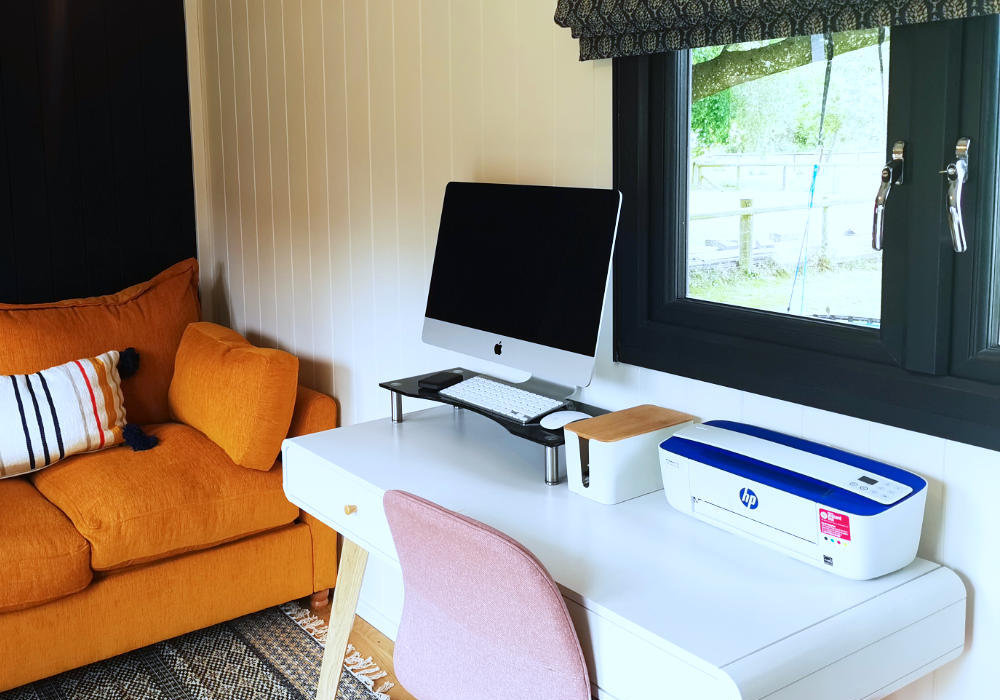Although we offer our three guideline shepherds huts – the Merlin, Peregrine and Osprey, every client is unique and all have slightly different needs, sites, and outcomes they want to achieve with their hut. So a custom design to a greater or lesser degree is the name of the game for each and every shepherds hut project here at The Hutmaker.
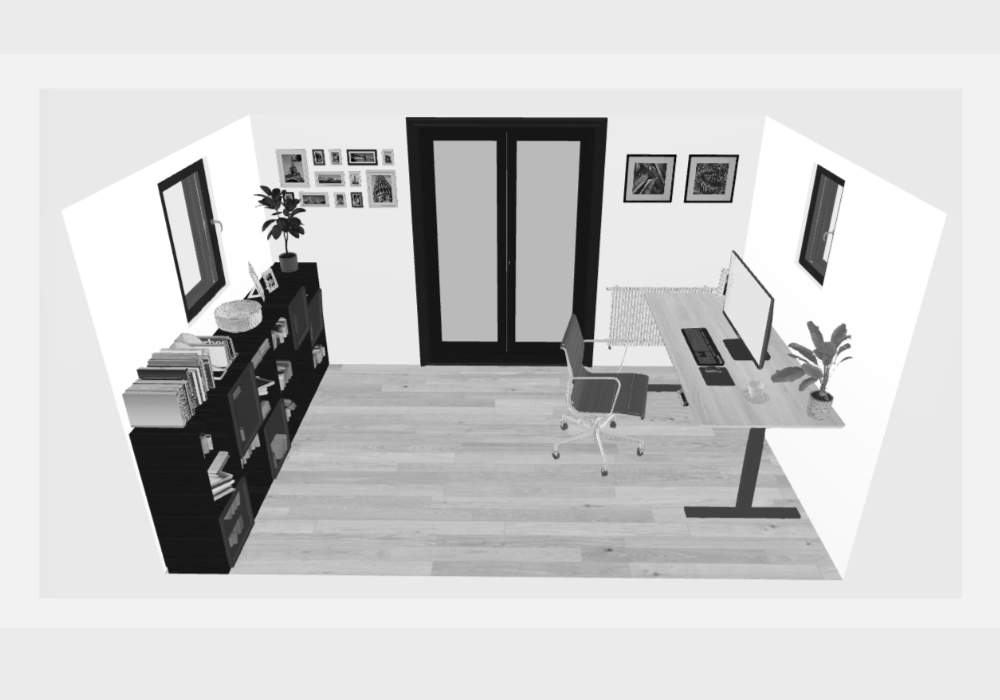
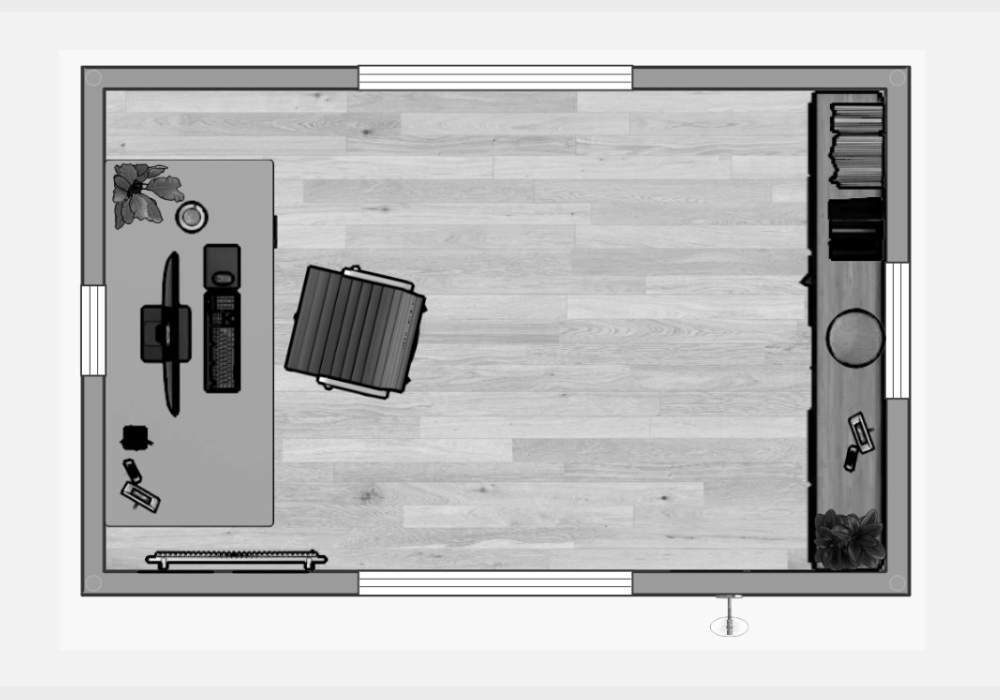
What we need to know before designing a shepherds hut
The shepherds hut design process is something we take take our time over, really getting to know our clients and making sure we fully understand things like:
What do you want to use your shepherds hut for – both now and, if it’s different, in the future?
It might be a guest bedroom to start, but once that attic gets converted, it would make a pretty cool music room. So in order to be kind to the neighbours, whilst you’re learning the hurdy-gurdy or drumming along to Metallica, we would be thinking about sound insulation at construction stage.
What specific facilities or furniture do you need, and does the hut have one or several purposes?
For example, is it a home office but also overspill accommodation? If so, we may need to factor in a pull out bed or a space saving sofa bed, and a shower room, as well as decent space for a desk – perhaps even a cunning bespoke fold away desk.
Do you have any existing or specific freestanding furniture you want to use within the hut?
I mean, what’s a mancave without a wingback Chesterfield!! If so, what are the dimensions? And do you need a globe bar cabinet in there as well? Assuming you do, we will make sure that those key furniture pieces work well within the space and with the rest of the layout.
What utilities can you run directly to your shepherds hut?
Are mains services for water, electrics and waste to hand, or do you need full or partial off grid solutions? We need to know at design stage so we allow the right space for the right equipment.
We would also be thinking about how many sockets you will need, where to put them, and what other electrics we need to factor in, such as hobs, heaters, extractors, plus the interior and exterior lighting design.
How can we make the most of your unique site?
And when it comes to the overall layout and especially the windows and doors, we would think carefully about the orientation of where you’re thinking about siting your hut – which direction gets the best views, (which direction gets the worst views – no one wants to work from home staring at a fence panel), where does the sun come up for that morning yoga session, what’s the best way to position the windows to reduce glare on the computer screen etc.
And only then can we start designing your shepherds hut!
Yep – it’s that level of attention to detail before we even start to think about finishes and paint colours.
Once we understand the above, we then flex our mouse fingers and, combined with our construction expertise and shepherds hut superpowers, come up with a design. This will be in the format of a 2D shepherds hut floor plan with an accompanying 3D visualisation. We want you to be able to get a feel for your space both from above and from eye level as it really helps determine what is going to work well for you, and what may work less well.
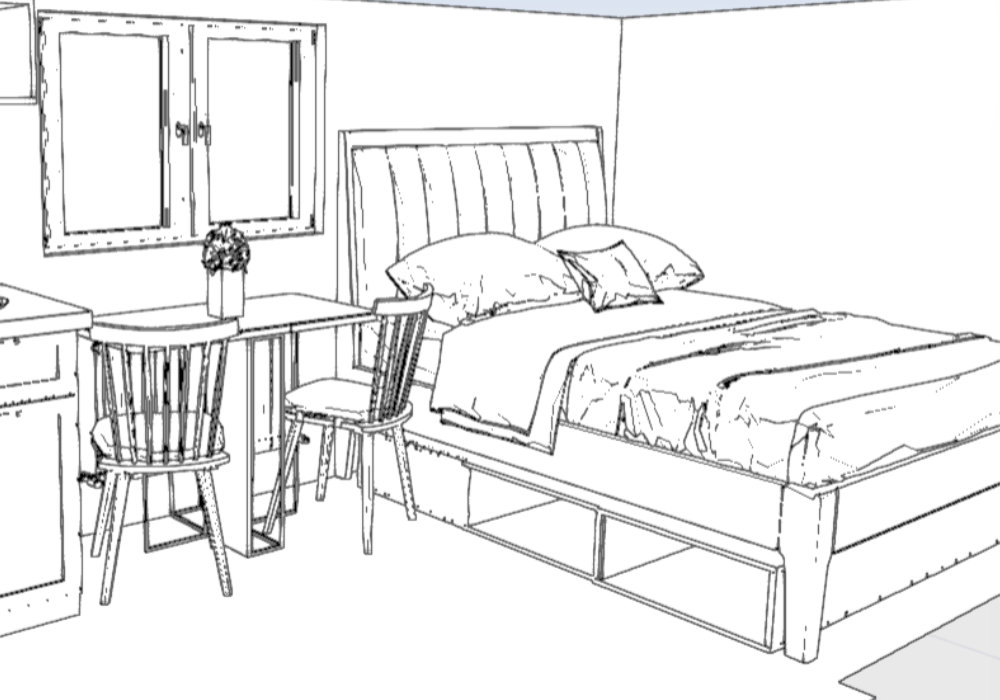
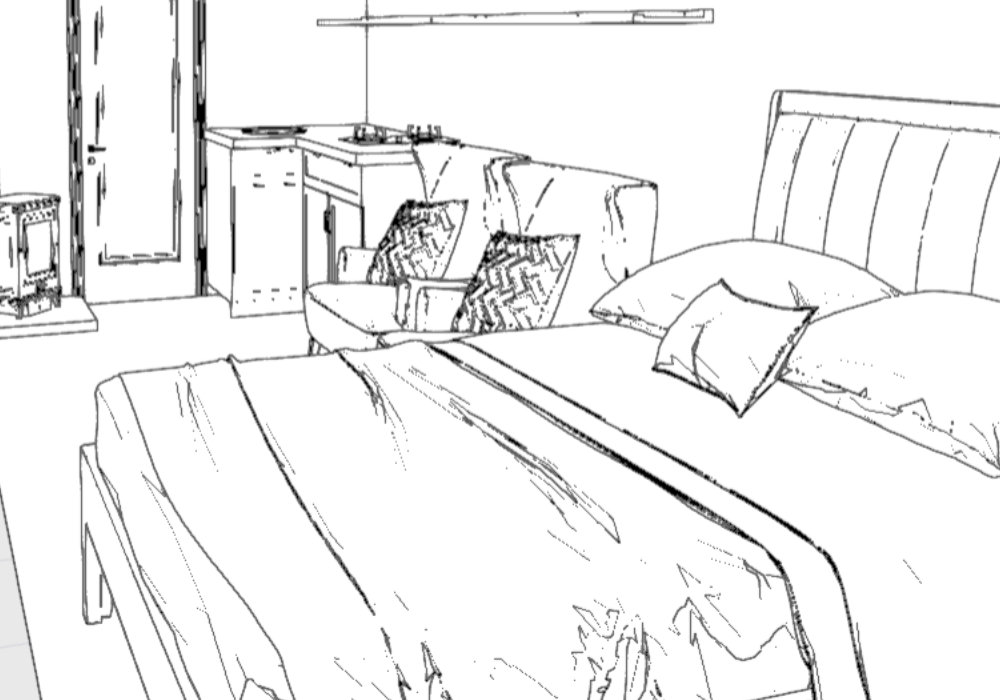
Some of our random top tips
Make life easier where possible
If you are terrible at making beds (speaking from my own experience), think about going slightly wider with your hut and allowing space around 3 sides of the bed rather than fitting it against the 3 walls at one end. It’s so much easier to change the sheets, and it’s also easier for your guests to move around. No one wants to be the person climbing over their partner to go to the loo in the middle of the night (again, speaking from experience)!
Think vertically
Shepherds hut ceiling heights range from around 1.9m at the lowest point to 2.3m in the centre, so there is scope to really make the most of the higher parts of the walls with some clever built in storage solutions. And as luck would have it, our joiner Lewis likes nothing more than making fancy boxes, shelves and cabinets, so we can really tailor the storage solutions to your needs.
Sara’s top tips for kitchens are
1. Fit undercounter drawers rather than cupboards, where possible! You can actually store more items overall in a set a drawers, plus everything is easier to access. Kirstie Allsop from Location Location Location apparently agrees!
2. Round kitchen sinks have a smaller volume than rectangular ones but give you just that little bit more counter space. And with no massive pans to deal with, you will probably want to prioritise counter space over washing up.
3. Space saving whilst still maintaining good functionality is the name of the game, so hanging nice quality pans, utensils and mugs from rails and hooks on the walls saves a lot of cupboard/drawer space, plus looks quite charming!
In conclusion, that’s how we approach the shepherds hut design process – painstakingly! But we’re really open to your own ideas, suggestions, and top tips, so if you already have a shepherds hut layout and design in mind, we can build whatever size, configuration and specification you need.
If you would like more information, or to work with us on your ideal shepherds hut, give Sara a call on 01568 610 792 or send a Whatsapp to 07505 001 460.
